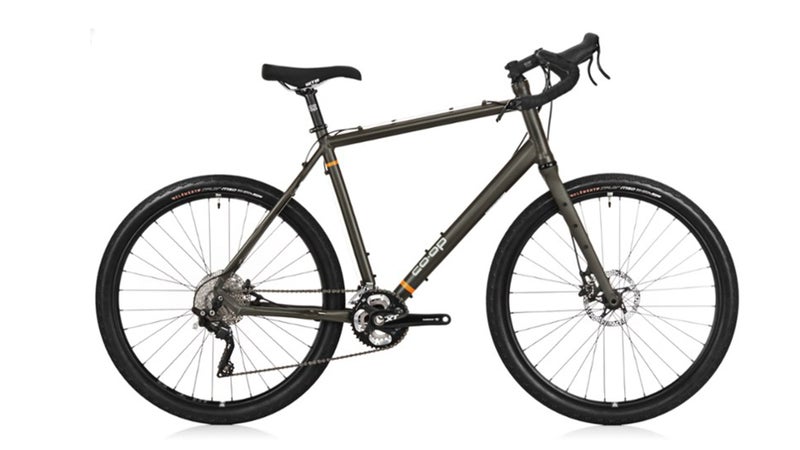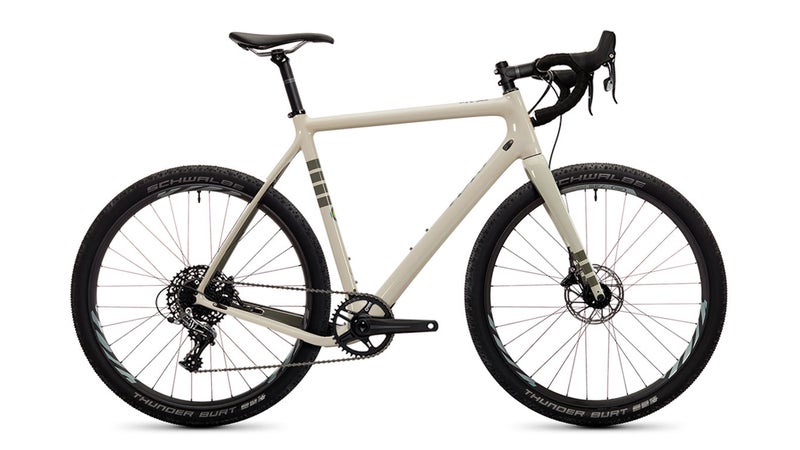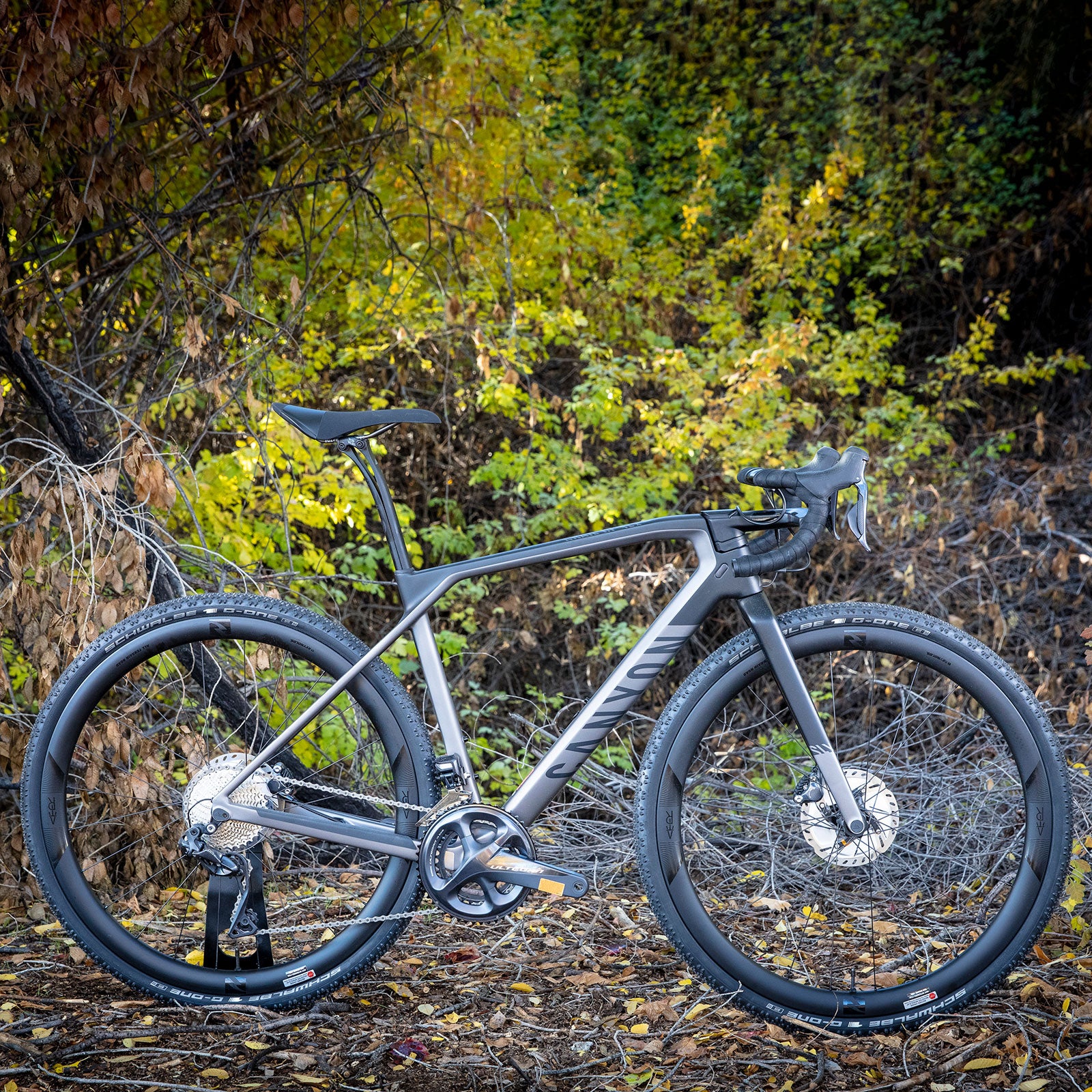When GT unveiled the Grade in June 2014, which would go on to become our choice for Gear of the Year road bike, it was one of the first and only models catering to the all-road market (bikes designed to tackle both pavement and light trails). Before that, gravel wasnÔÇÖt even a category in our tests. ItÔÇÖs amazing how quickly things change. At the 2019 test, more than half of the 26 road bikes we tried were aimed at mixed terrain, and we could have easily filled all the road slots with new models of these wide-tire, relaxed-geometry rides. Statistics bear out that expansion: while unit sales of road bikes decreased as a whole in 2018, the subcategory containing gravel bikes was the only segment to .
Technological refinements have partly driven this rise, as bikes have become more comfortable and capable. Overall, frame geometries have morphed toward more relaxed positions and improved stability and handling, hydraulic disc brakes and through-axles are now the norm, and the number of high-quality tire options and tubeless setups has boomed. ThereÔÇÖs also a lot of experimentation, including suspension, such as the leaf-spring fork on LaufÔÇÖs True Grit and the softail design on the┬á, as well as segmentation into multiple wheel sizes, 700c and 650b. All that┬ávariety means thereÔÇÖs a bike to suit every need, from flat-out racing to monstercross-style adventuring, but it also makes it a little difficult to wade through the options and figure out what really fits your needs.
IÔÇÖve also heard of late that the push into gravel and all-road is simply an industry ploy to sell more bikes. After all, people have been riding on mixed terrain for decades (think Paris-Roubaix┬áor, more recently,┬áStrade Bianchi) without dedicated bikes to do so. And there has┬ádefinitely been some dogpiling as manufacturers have rushed out models to keep up with demand and not miss out on a new and fast-growing share of the market. But the all-road trend has moved the focus of the road market away from aggressive, hard-riding race machines and toward more forgiving and versatile bikes, which are far more appropriate for the majority of riders.
The following trio of bikes from ║┌┴¤│ď╣¤═°ÔÇÖs 2019 test in Grand Junction, Colorado, provide a snapshot of the breadth and variety now available in the gravel market. Every all-road bike out there can tackle just about any surface you put it on, speed and comfort being the variables, but designs definitely exist on a continuum, with some models aimed at smoother roads and others focused on backcountry and adventure.
The Racer: Canyon Grail CF SLX 8.0 Di2 ($5,000; shown above)
The fact that this European brand has made a dedicated and groundbreaking gravel bike speaks to just how big and influential this market, which started in the Midwest as a small-scale American phenomenon, has become. With 700c wheels, a stiff and┬álight carbon-fiber frame (18 pounds for our size 56), 40-millimeter-deep Reynolds ATR carbon rims, and an Ultegra Di2 build, the leans to the fast┬ároadie side of the gravel equation. But that doesnÔÇÖt mean itÔÇÖs not capable. The most attention-grabbing piece of kit is the proprietary Gravelcockpit handlebars,┬áfeaturing┬áan integrated stem and dual crossbar design that supposedly blunts road chatter when riding in the tops. Though we didnÔÇÖt find the setup that much more compliant than a standard drop bar and stem configuration, testers loved the bars for the variety of hand positions available and especially the thumb catch in the drops, which made for confident descending in the rough. The other standout feature is the split seatpost, from sister company Ergon, that arguably┬áprovides as soft a ride as you can get. We also loved the 40-millimeter Schwalbe G-One Bite tires, which provided exceptional grip for the size (though we did manage to slice them up a few times in the rugged Colorado desert). All said, this is a fast and responsive whip thatÔÇÖs┬áprobably best suited to racers.
The ║┌┴¤│ď╣¤═°r: Co-op Cycles ADV 3.2 ($1,800)

Launched in late 2016, Co-op is REIÔÇÖs house brand of bikes and cycling equipment. The continues on the promise of smartly specÔÇÖd, high-value offerings that the company debuted with the ARD line. An alloy frame, myriad mounting options, and 650b wheels with huge tires put┬áthe ADV 3.2 at the other end of the gravel spectrum from the Grail, almost like a completely different genre of bike. The head tube is flag-post tall, the riding position upright, and the handling leisurely and sure, all of which makes this bike┬áseem like more of trail machine than a typical gravel grinder. The spec underscores the point┬áwith a 2×10 Shimano XT drivetrain and wide-flared drop bars for standout stability in rocks and other tough terrain. And the choice of Donnelly XÔÇÖPlor MSO tiresÔÇösome of the finest rubber on the all-road marketÔÇöspeaks to some real expertise in this bikeÔÇÖs design process. One miss, however, is the bar-end shifter setup, which gives the bike a cool retro look and feel but means you have to move hand positions to change gears. And while the 650b wheels are maneuverable in technical bits, they felt slow-rolling on the road, though that could be chalked up to the ADVÔÇÖs hefty weight (25.6 pounds). We came to think of this bike as the ATV┬áof the test: solid, durable, and capable of hauling lots of gear, but definitely not fleet.
This item is currently out of stock.
The Shape-Shifter: Ibis Hakka MX (from $3,299; $4,100 as tested)

Like a growing number of gravel bikes, the is available and compatible with┬á650b and 700c wheels, which speaks to the bikeÔÇÖs versatility and desire to cater to as much terrain as possible. We went with the 650b option, built with IbisÔÇÖs 735 carbon rimsÔÇötheir┬á29-millimeter width made the 2.1-inch Schwalbe Thunder Burt tires feel meaty and capable. (We also rode the bike with 700c Enve G23s wrapped in 40c Maxxis Re-Fuse rubber for a faster and sportier ride.) In both iterations, the Hakka has a tall stance and muted road feel, ÔÇťlike a mountain bike for gravel riders,ÔÇŁ as one tester put it, which should come as no surprise given the companyÔÇÖs MTB heritage. The frame is built from beautifully sculpted carbon and is relatively lightweight (18.3 pounds for our 56), with full internal cable routings, a paint-matched Enve carbon fork, and even dropper seatpost compatibility should you want to push the limits. That said, weÔÇÖd likely opt for the 2x drivetrain (ours came with SRAM Eagle NX 1×12), and it would be nice to have a third bottle mount on the down tube, as well as feed and rack mounts on the top tube and fork. Still, though the Hakka is neither the fastest graveler around┬ánor the most capable, it is the ultimate shape-shifterÔÇöquick enough for light road riding, comfortable for long days in the saddle, and with tire clearance and manners that even allow for light trails and singletrack.


